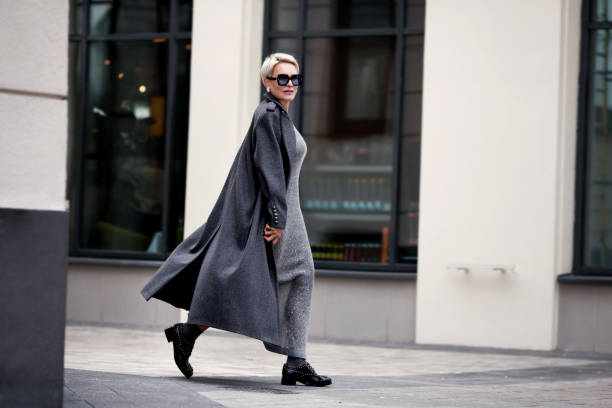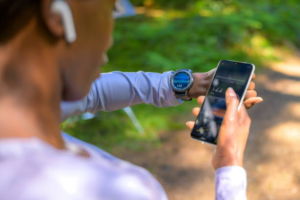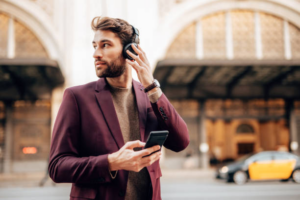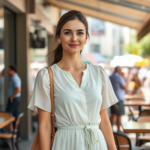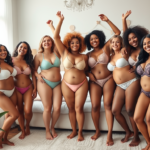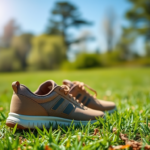Art and fashion have long been interwoven, influencing each other in dynamic ways. From the grand paintings of the Renaissance to the bold strokes of modern abstract art, artistic movements have guided and inspired clothing design. This article explores how art shapes fashion and vice versa, delving into the rich history and contemporary intersections of these two creative realms.
Historical Inspirations from Fine Art
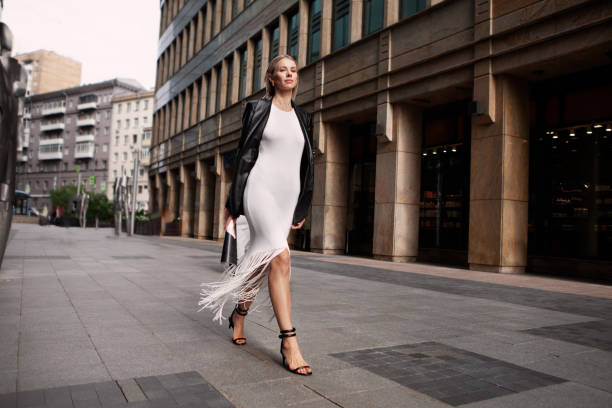
Throughout history, fashion has drawn inspiration from fine art. Designers have looked to paintings, sculptures, and other art forms for creative ideas, leading to garments that echo the aesthetics of different eras. For instance, the intricate detailing of Baroque art can be seen in the elaborate embroidery of 17th-century fashion.
The influence of Impressionism, with its focus on light and color, can be seen in the flowing, pastel-toned dresses of the late 19th and early 20th centuries. Similarly, the geometric shapes of Cubism found their way into the sharp, angular designs of modernist fashion in the 1920s and 1930s.
The crossover between art and fashion is not just about inspiration; it also reflects the changing tastes and social norms of different periods. As artistic styles evolved, so did fashion, creating a symbiotic relationship that continues to this day.
The Role of Modern Art in Contemporary Fashion
In contemporary fashion, the influence of modern art is more pronounced than ever. Designers often collaborate with contemporary artists to create unique collections that blur the lines between art and fashion. For example, the works of pop artists like Andy Warhol have been adapted into vibrant, eye-catching prints on clothing.
Street art and graffiti artists have also left their mark on fashion, leading to edgy, urban-inspired pieces. Fashion houses like Louis Vuitton and Chanel have engaged with the art world through collaborations, bringing contemporary art into the haute couture domain.
This melding of modern art and fashion creates a dialogue between the two fields, enriching both and expanding the creative horizons of each. It also makes fashion more accessible, as art-inspired clothing allows people to wear a piece of artistic expression.
The Impact of Art Movements on Fashion Trends
Art movements have had a profound impact on fashion trends over the years. Consider the bold, primary colors and forms of the De Stijl movement, which influenced minimalist clothing designs that emphasize clean lines and pure hues.
The surrealism movement, with its emphasis on dreamscapes and fantastical imagery, has brought whimsical and thought-provoking elements into fashion. This is evident in the avant-garde collections of designers like Elsa Schiaparelli, who created garments that were as much art as clothing.
Art Deco’s sleek, geometric shapes and luxurious materials have left a lasting mark on fashion, inspiring dresses, accessories, and jewelry characterized by elegance and glamour. Fashion often channels these movements, creating pieces that echo the essence of these artistic styles.
Art in Textile Design
Textile design is another pivotal area where art and fashion intersect. Artists’ techniques and patterns often inspire fabric designers, leading to the creation of unique and innovative textiles. The use of digital printing technology has further bridged this gap, allowing for precise reproduction of artwork on fabrics.
Designers use a variety of artistic techniques in textile design, including hand-painting, weaving, and embroidery. These methods bring an artisanal touch to fashion, making each piece unique. Partnerships between textile artists and fashion designers result in collections that are rich in texture and visual interest.
Textiles are not just about aesthetics; they also involve a deep understanding of materials and techniques. The collaboration between artists and designers ensures that the final product is both beautiful and functional, incorporating both artistic vision and practical considerations.
The Future of Art and Fashion Collaboration
The future holds exciting possibilities for the collaboration between art and fashion. With advancements in technology, designers and artists can experiment with new materials and techniques, pushing the boundaries of what is possible in both fields.
Virtual reality and 3D printing are creating new opportunities for designing and experiencing fashion. These technologies allow for the creation of complex, customizable pieces that reflect an individual’s aesthetic preferences.
As sustainability becomes a growing concern, the collaboration between artists and fashion designers can lead to innovative solutions that are both eco-friendly and aesthetically pleasing. The combination of artistic creativity and technological innovation is sure to drive the future of fashion.
Conclusion
The influence of art on fashion design is undeniable and multifaceted. From historical inspirations to modern art movements and technological advancements, the relationship between art and fashion continues to evolve. Both disciplines benefit from this interplay, resulting in garments that are not only functional but also artistic expressions.
The future of fashion looks bright as it embraces new artistic collaborations and technological innovations. By understanding the connections between art and fashion, we can appreciate the depth and complexity of the clothes we wear every day.
FAQs
Q1: How has art influenced fashion throughout history?
A1: Art has influenced fashion by inspiring designs that reflect the aesthetic and cultural values of different periods. For instance, the intricate detailing of Baroque art influenced the elaborate embroidery of the 17th century.
Q2: Can modern art and graffiti be seen in high fashion?
A2: Yes, modern art and graffiti have significantly influenced high fashion, with many designers incorporating bold prints and edgy designs inspired by these art forms into their collections.
Q3: What role do textile designs play in the nexus of art and fashion?
A3: Textile designs play a crucial role in combining art and fashion. Techniques like hand-painting, weaving, and digital printing allow for artistic patterns and textures to be embedded into fabrics, creating unique and visually appealing garments.
Q4: How do technological advancements impact the future of art and fashion collaborations?
A4: Technological advancements such as virtual reality and 3D printing offer new ways for artists and designers to create intricate, customizable, and sustainable fashion pieces, pushing the boundaries of traditional design and manufacturing processes.
Q5: What are some famous collaborations between artists and fashion designers?
A5: Famous collaborations include Louis Vuitton’s partnerships with artists like Yayoi Kusama and Jeff Koons, and the collaboration between Elsa Schiaparelli and Salvador Dali, which resulted in iconic, surrealist-inspired fashion pieces.
